Zalala – An exercise for the senses
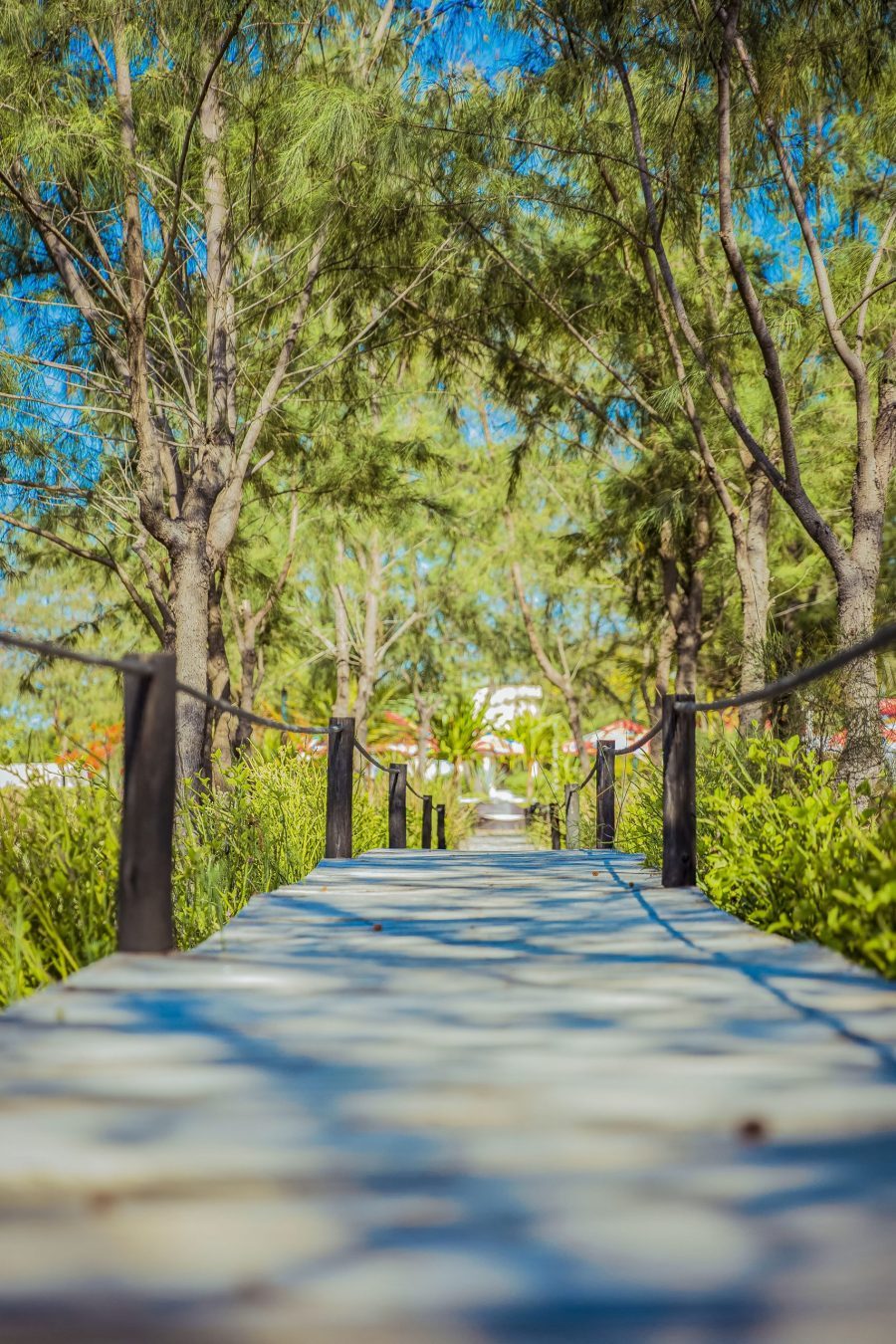
Casuarina trees simulate the ambition of the Tower of Babel. Along a vertical line, branches like centipedes, thin green leaves, all the way up.
The tide swells, pushed by an impatient wind that brings the sea to our mouths. Lying on the sand, moistened by the coming and going of waves, are substances that resemble salt crystals and that reflect all the sun’s gold on the shore. Beautiful golden beach, sang João Donato and Fausto Nilo.
Advertising
Time seems suspended like the bird that flies over a small boat returning to shore, after facing the great crafted waves that pound the rocks and carve the stones. Two figures emerge against the choreography of the wind, characters from a film by Béla Tarr. A stranded canoe, clothes mistreated by the sea, poles with nets hanging over their shoulders and the fisherman’s sack, more sand than fish, a handful of small sparkling fish. “Today didn’t yield much. If we had a big canoe, we would go far. But we’ve got grub”, they tell us, with no heaviness of frustration, already used to the mysteries of the sea always teaching the lesson that not every day is the same and there’s nothing wrong with that.
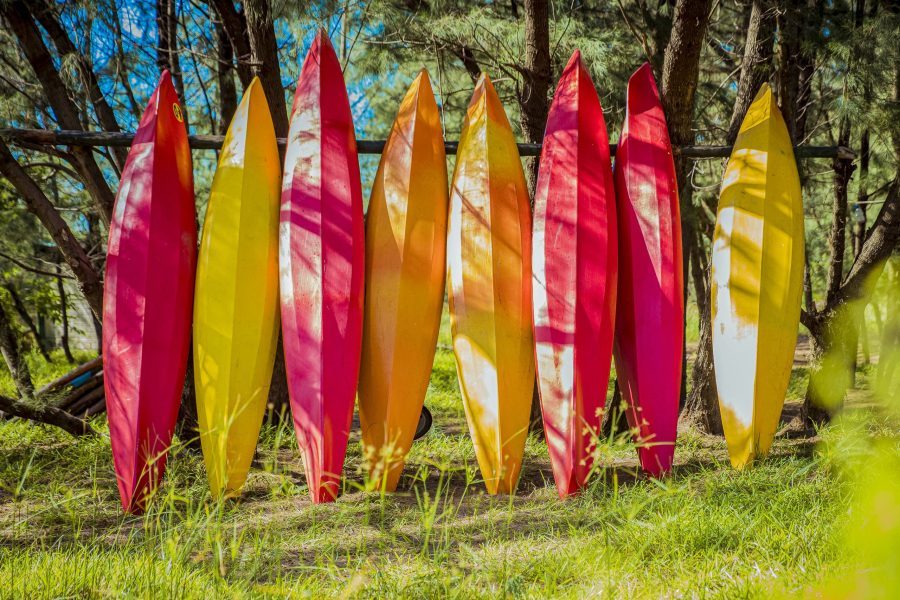
Further away is the finite where the Indian Ocean kisses Asian lands and we then remember the eight canoes planted on land, prow upwards, as if – tired of a life at sea – they wanted to go back to being a tree and are now resigned to that decorative skin, a colour expedition.
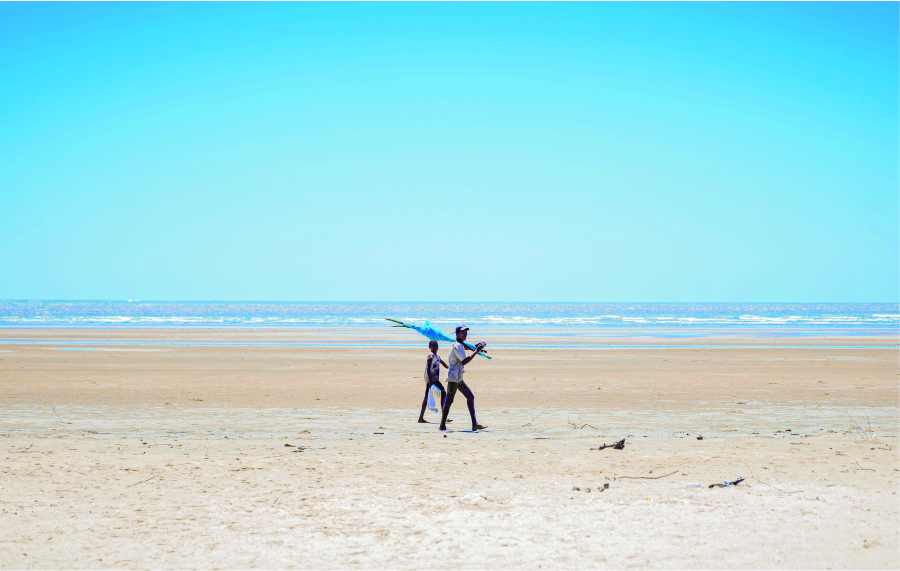
Zalala is sea. And like all seas, it is an exercise for the senses and memory. It was the first capital of Zambézia, say historians quoted by writers, before Quelimane. And an axis for the slave trade as were almost all the commercial hubs that the sea turned into towns and cities. But while the sea has a rejuvenating effect, it also rejuvenates itself. The past is behind. Now, we arrive at Zalala, about 30km from Quelimane, along a path of palm trees that rise as sentinels, reminding us of the Tofo/Barra road and makes us reflect that only a feud between gods of different tribes could have separated the great rock that united Zambézia and Inhambane as brothers.
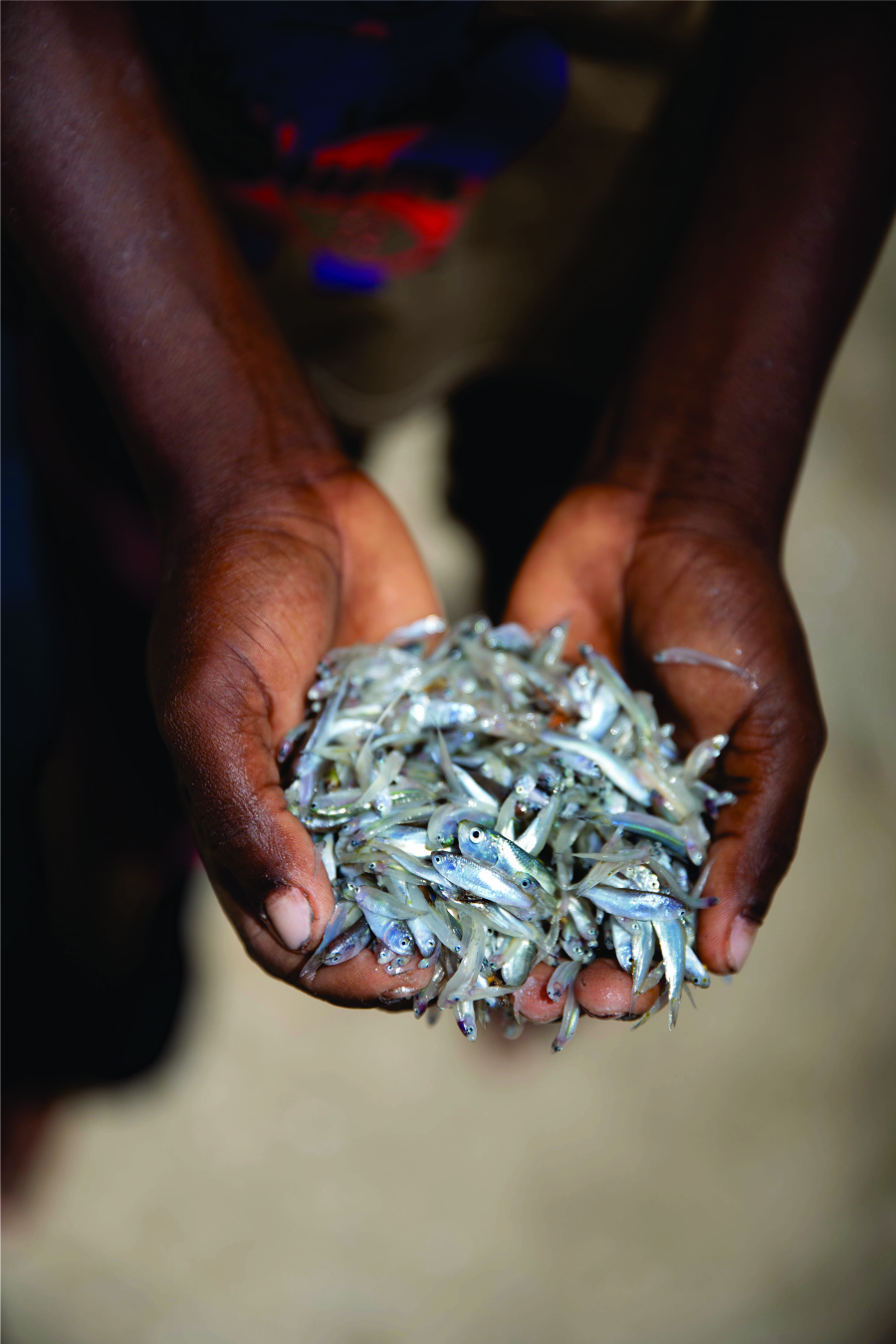
As an infant, the poet Eduardo White (1963-2014) used to tred these sands and his body bathed in these salty waters – a life baptism, poetic anointment, literary initiation, as if he could guess his destiny. And here, facing the beach, his voice seems to whisper in our ear: “the skin of the sea breeze has a deep smell of shellfish”. And we feel it, as if Literature was attached to the facts that even Journalism seems to have given up.
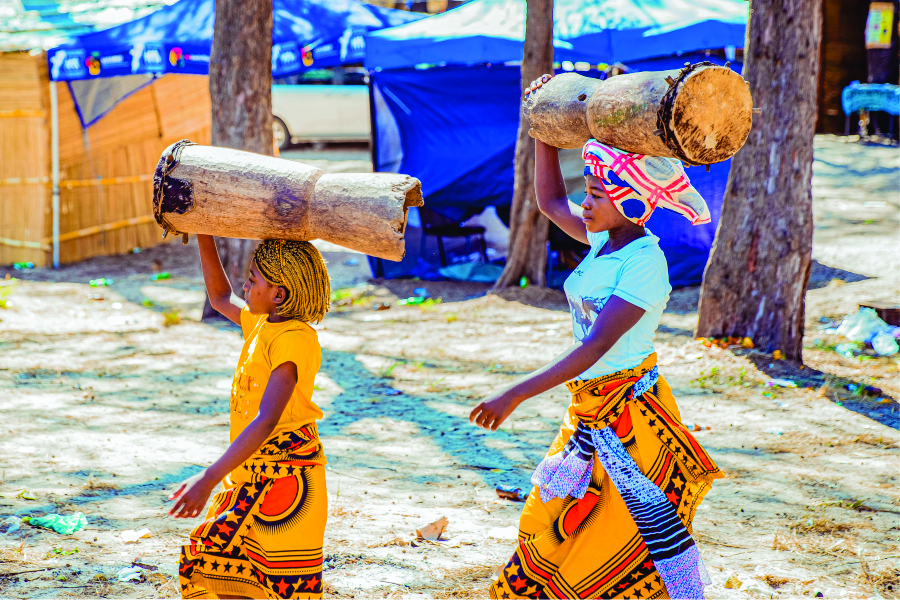
Children, with their skin whitened as in a photograph by Mário Macilau, are overjoyed by the Festival that bears the name of the beach and that returns two years later for its 13th Edition. The Festival celebrates Zambézia, its people and languages, artists and dances, faces and voices, its way of life. On stage, we hear “the man is an engine” or “the woman is a journey”, in the voice of Mr. Conselho. Literality will be the death of the metaphor, someone used to say, their nerves on edge.
▶ How to get there
Fly with LAM to the Zambezian capital, Quelimane. Afterwards, it’s a journey of about 30km by car, which allows you to follow the path of the palm trees.
▶ What to do
The beach is never the same. Watch the sun rise and set over the Indian Ocean landscape. Perhaps at the time of the Zalala Festival, let yourself take in the vibe.
▶ Where to eat
There are several options of seaside cafés. You can always try different varieties of fresh fish, crab, squid, prawns or crayfish brought in by the fishermen and that can be prepared on the spot.
▶ Where to sleep
Zalala Beach Lodge is a good option, with privileged access to the beach, on its quiet side, and you can also play volleyball or swim in the pool, surrounded by virgin forest.
▶ Be mindful of…
The sea is rough. Be careful when bathing. It’s best to check the weather forecast before any adventure.
▶ HIGHLIGHTS
Zalala is sea. And like all seas, it is an exercise for the senses and memory.
Salt crystals reflect all the sun’s gold on the shore.
Great, crafted waves pound the rocks and carve the stones.
Edição 77 Jan/Fev| Download.
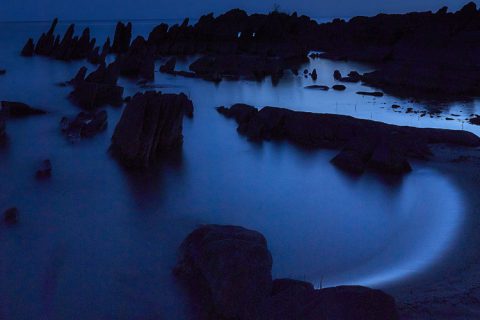
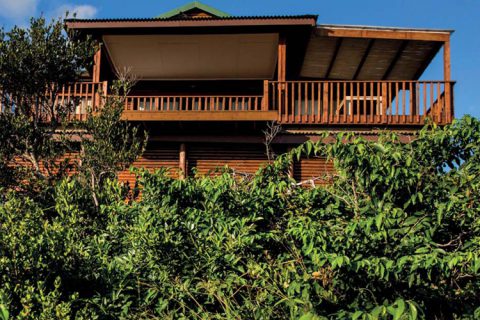


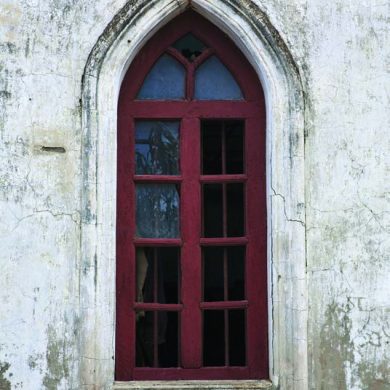

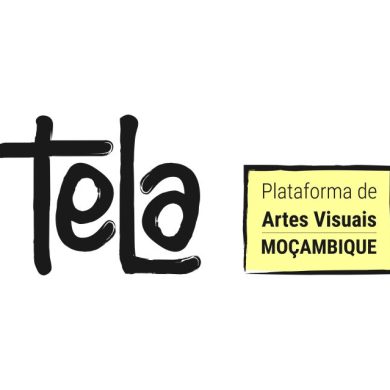
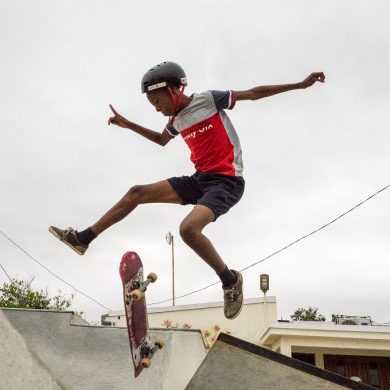
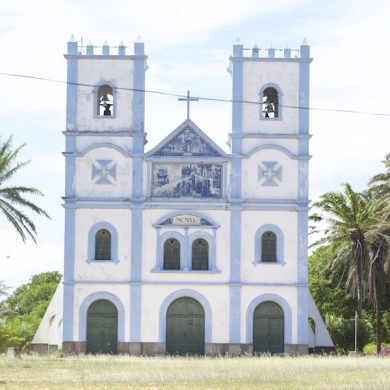
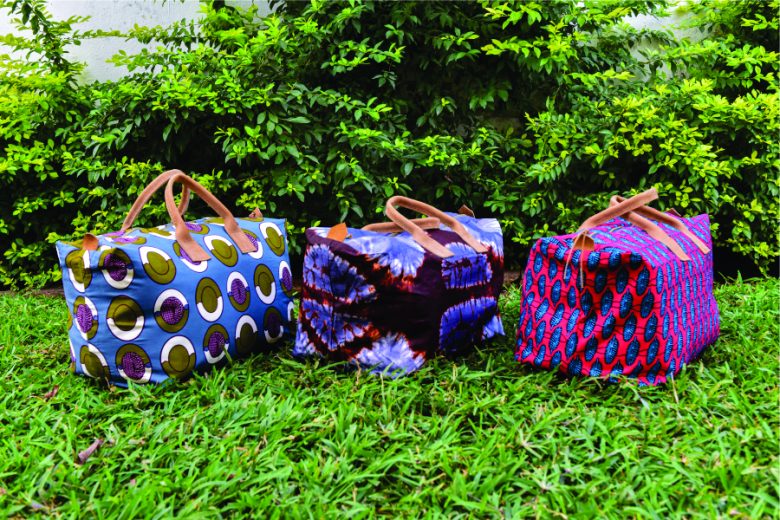
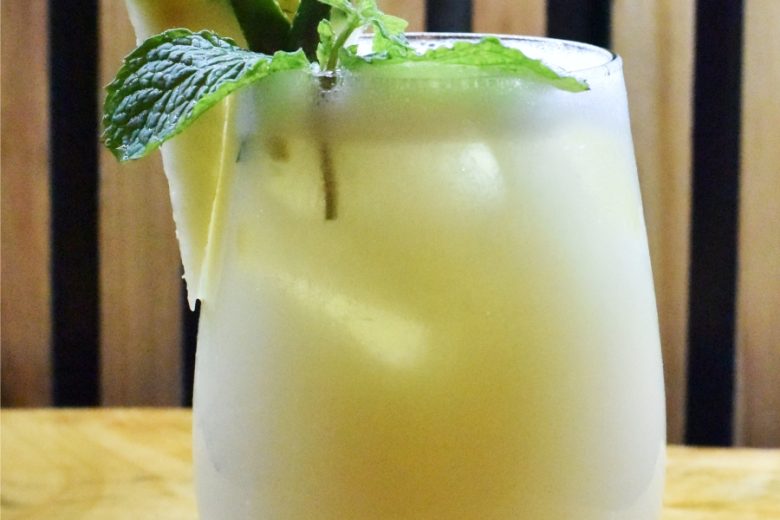










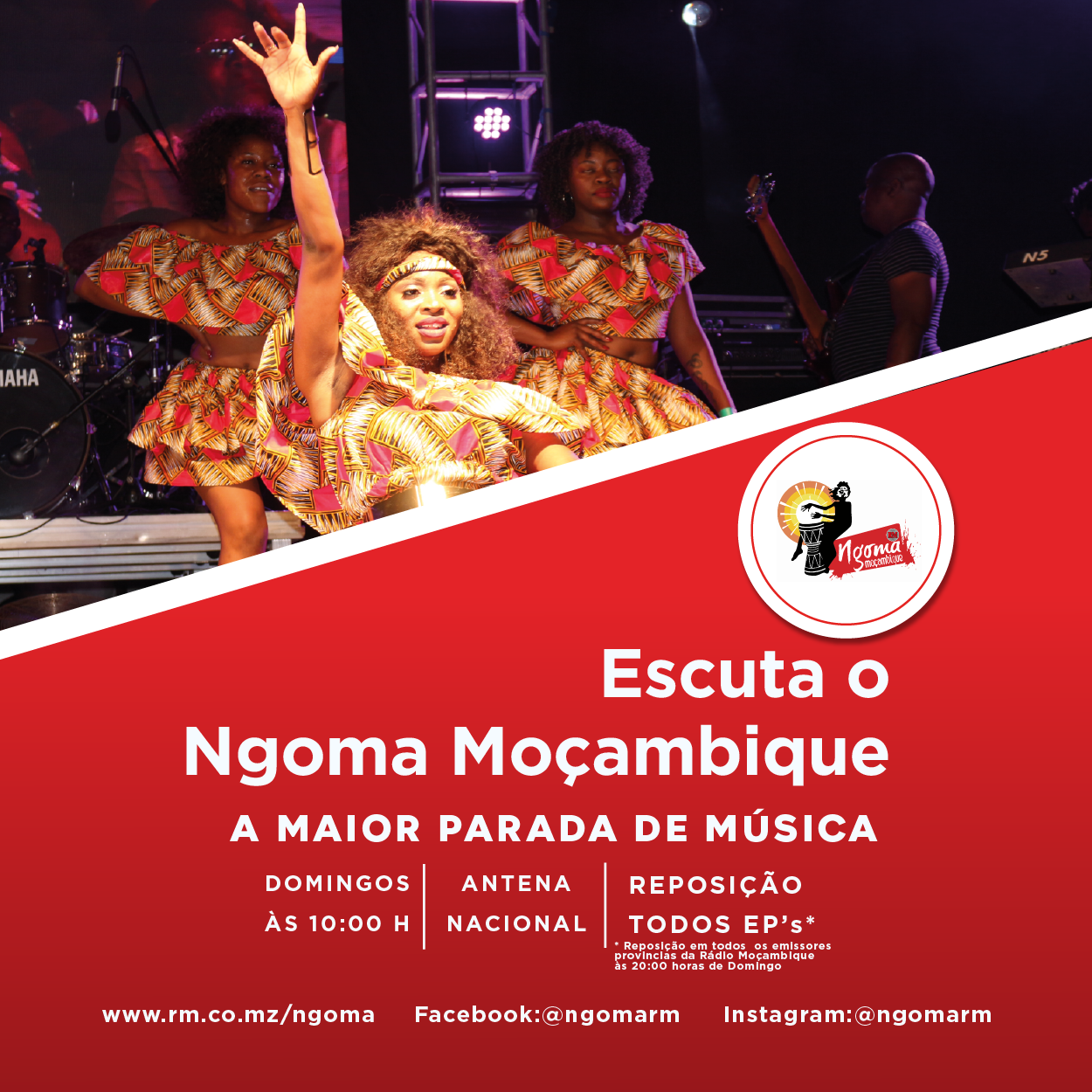
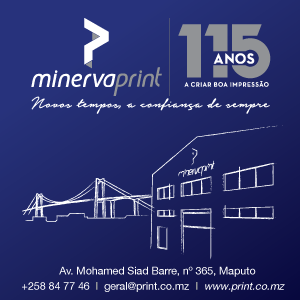





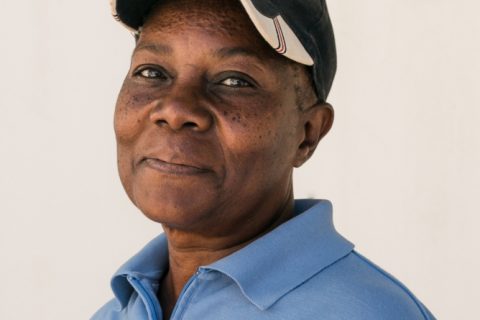
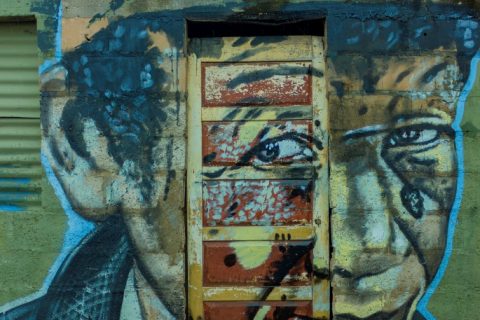


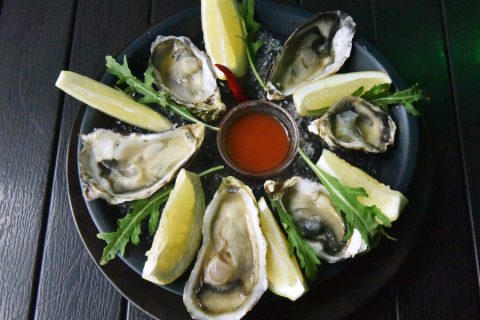
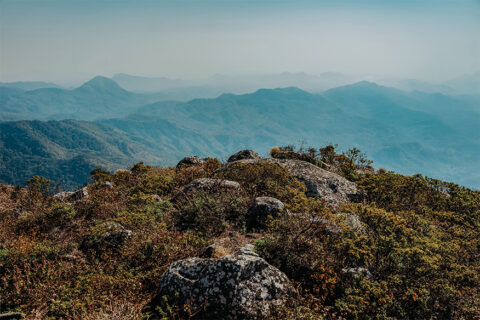


0 Comments